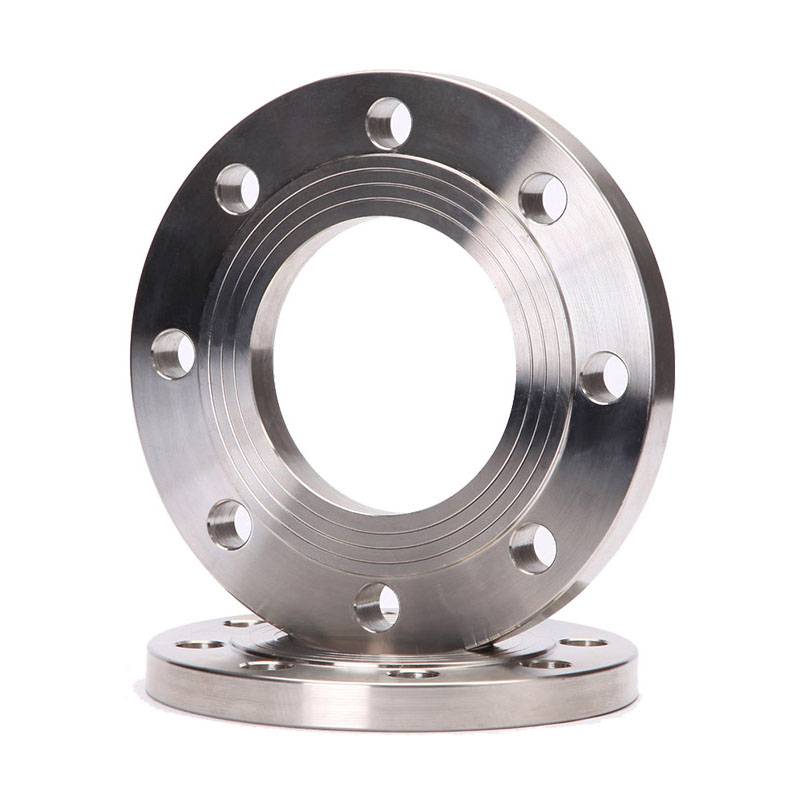-
Cangzhou Yulong Steel Co., Ltd.
-
Phone:
+86 13303177267 -
Email:
admin@ylsteelfittings.com
- English
- Arabic
- Italian
- Spanish
- Portuguese
- German
- kazakh
- Persian
- Greek
- French
- Russian
- Polish
- Thai
- Indonesian
- Vietnamese
- Zulu
- Korean
- Uzbek
- Hindi
- Serbian
- Malay
- Ukrainian
- Gujarati
- Haitian Creole
- hausa
- hawaiian
- Hebrew
- Miao
- Hungarian
- Icelandic
- igbo
- irish
- Japanese
- Javanese
- Kannada
- Khmer
- Rwandese
- Afrikaans
- Albanian
- Amharic
- Armenian
- Azerbaijani
- Basque
- Belarusian
- Bengali
- Bosnian
- Bulgarian
- Catalan
- Cebuano
- China
- China (Taiwan)
- Corsican
- Croatian
- Czech
- Danish
- Esperanto
- Estonian
- Finnish
- Frisian
- Galician
- Georgian
- Kurdish
- Kyrgyz
- Lao
- Latin
- Latvian
- Lithuanian
- Luxembourgish
- Macedonian
- Malgashi
- Malayalam
- Maltese
- Maori
- Marathi
- Mongolian
- Myanmar
- Nepali
- Norwegian
- Norwegian
- Occitan
- Pashto
- Dutch
- Punjabi
- Romanian
- Samoan
- Scottish Gaelic
- Sesotho
- Shona
- Sindhi
- Sinhala
- Slovak
- Slovenian
- Somali
- Sundanese
- Swahili
- Swedish
- Tagalog
- Tajik
- Tamil
- Tatar
- Telugu
- Turkish
- Turkmen
- Urdu
- Uighur
- Welsh
- Bantu
- Yiddish
- Yoruba

Nov . 09, 2024 10:16 Back to list
Techniques for Bending Stainless Steel Exhaust Tubing Efficiently and Effectively
Bending Stainless Steel Exhaust Tubing A Comprehensive Guide
Stainless steel is a popular choice for exhaust systems due to its durability, resistance to corrosion, and ability to withstand high temperatures. When it comes to customizing exhaust systems, bending stainless steel exhaust tubing is a common and essential practice. In this article, we will explore the techniques, tools, and considerations involved in bending stainless steel exhaust tubing, ensuring an optimal fit and performance for your vehicle.
Understanding Stainless Steel Exhaust Tubing
Stainless steel exhaust tubing comes in various grades, with 304 and 409 being the most commonly used for automotive applications. Grade 304 is known for its excellent corrosion resistance and high-temperature tolerance, making it a favorite for performance applications. On the other hand, grade 409, while slightly less resistant to corrosion, offers good value and performance for mild applications.
The standard diameter of exhaust tubing ranges from 2 inches to 4 inches, depending on the vehicle and the desired performance outcomes. However, when bending this tubing for custom applications, several factors come into play, including the bend radius, wall thickness, and temperature considerations.
The Importance of Proper Bending Techniques
When bending stainless steel exhaust tubing, the right technique is crucial to maintain the integrity of the pipe and ensure a smooth airflow. Improper bending can lead to kinks, reducing the diameter of the tube and increasing exhaust backpressure, which can negatively impact engine performance.
There are generally two methods for bending exhaust tubing manual bending and machine bending.
1. Manual Bending This process involves tools such as pipe benders and hand tools. While it can be cost-effective, manual bending requires skill and experience to achieve the proper bend without compromising the tubing.
2. Machine Bending This method utilizes specialized equipment designed for bending pipes and tubing to specific angles and radii. CNC tube benders are often used in professional settings, allowing for precision and repeatability. Machine bending minimizes the risk of kinks and maintains the structural integrity of the tubing.
Tools and Equipment Needed
To successfully bend stainless steel exhaust tubing, you will need the right tools and equipment
bending stainless steel exhaust tubing

- Pipe Bender For manual bending, a quality pipe bender is essential
. Look for benders that are designed specifically for stainless steel to ensure effective bending without damage.- Mandrels Using mandrels during the bending process helps support the interior of the tubing, minimizing the risk of deformation and ensuring a smooth bend.
- Heat Source For certain applications, applying heat to the tubing can make the bending process easier. Though it's often preferred to avoid heat, it can help create more complex bends.
- Measuring Tools Accurate measurements are critical for a proper fit. Use calipers and measuring tapes to ensure that the tubing is cut and bent to the correct dimensions.
Best Practices for Bending
1. Plan Your Bends Before starting, sketch out the design of your exhaust system, noting the angles and lengths of tubing required. This will help prevent unnecessary adjustments during the bending process.
2. Consider the Bend Radius A larger bend radius is typically preferable, as it allows for better airflow and reduces stress on the tubing. A rule of thumb is to maintain a bend radius of at least 1.5 times the diameter of the tubing.
3. Practice on Scrap Material If you're new to bending stainless steel, consider practicing on scrap pieces of tubing. This will help you refine your technique and become more comfortable with the bending process.
4. Inspect Your Work After bending, inspect the tubing for any visible kinks or deformation. Ensure that the bends are smooth and that the tubing meets your specifications.
Conclusion
Bending stainless steel exhaust tubing is a skill that requires practice and attention to detail. With the right tools and techniques, you can create custom exhaust systems that enhance the performance and aesthetics of your vehicle. Whether you're a professional mechanic or a DIY enthusiast, understanding the nuances of bending stainless steel will help you achieve high-quality results every time. Happy bending!
Latest news
-
ANSI 150P SS304 SO FLANGE
NewsFeb.14,2025
-
ASTM A333GR6 STEEL PIPE
NewsJan.20,2025
-
ANSI B16.5 WELDING NECK FLANGE
NewsJan.15,2026
-
ANSI B16.5 SLIP-ON FLANGE
NewsApr.19,2024
-
SABS 1123 FLANGE
NewsJan.15,2025
-
DIN86044 PLATE FLANGE
NewsApr.19,2024
-
DIN2527 BLIND FLANGE
NewsApr.12,2024
-
JIS B2311 Butt-Welding Fittings LR/SR 45°/90° /180°Seamless/Weld
NewsApr.23,2024











